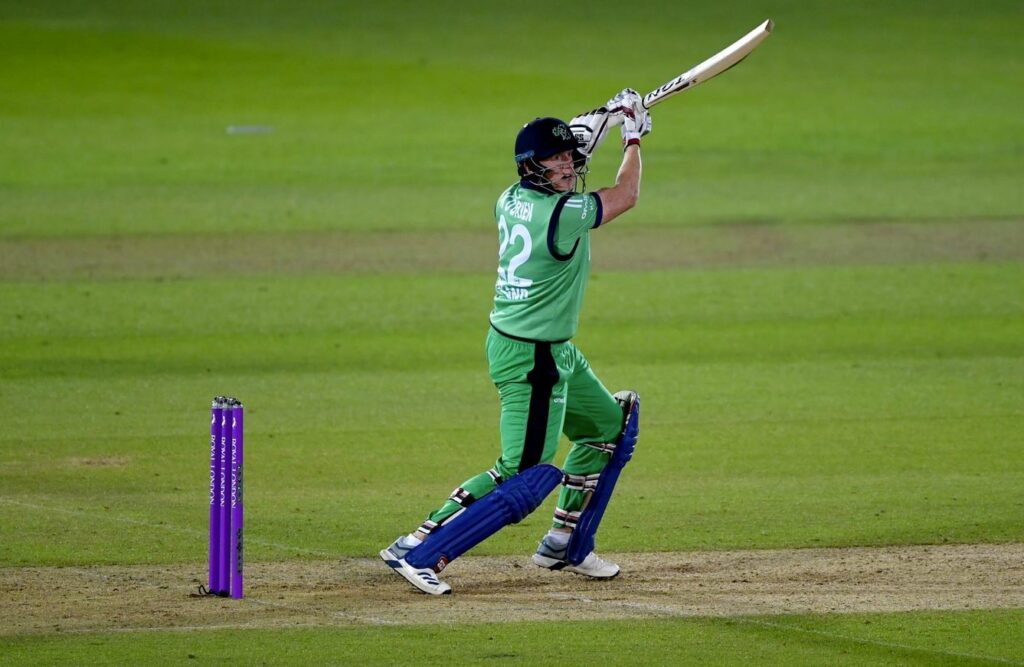If you’re new to cricket, you’ve probably heard the word “over” a few times already. It is impossible to comprehend the game of cricket without first grasping the concept of an over. So, in today’s post, we’ll go over all you need to know about cricket.
The entire game of cricket is played over and over. Every match is limited to a specific amount of overs. In a one-day l match (ODI), for example, there are 50 overs.
So when the bowler starts his run-up to bowl the first of the six deliveries, the over is said to have begun. The over begins when the bowler takes his action for the delivery of the first ball of that over if there is no run-up [for example, if the bowler is a spinner].
The umpire signals “OVER” after the bowler has delivered 6 balls. This is a sign that alterations and shifts must be made in accordance with the guidelines. “Over Change” is a term used to describe this situation.
In cricket, what occurs after an over is completed?
- The side of the pitch that was the non-end striker’s and during earlier overs is now the striker’s end and vice versa.
- The umpire standing at the striker’s end (also known as the leg umpire) now becomes the bowler’s end umpire, and vice versa.
- The striker and non-striker positions are automatically swapped at the end of each over, with the non-striker batsman taking over as the striker.
- Wicketkeeper switches end — Because the non-striker end is now the striker’s end, the wicketkeeper must switch ends as well.
- The bowler hands the ball over to another bowler; the bowler bowling the next over must now bowl from a different end from the one who bowled the previous over.
How Long Does It Take to Complete an Over?

In cricket, a bowler might take anywhere from 3 to 6 minutes to complete an over. This is mostly determined by the bowler’s style. A fast bowler requires a longer warm-up. As a result, a fast bowler takes longer to bowl an over than a spin bowler.
Some bowlers have a reputation for completing their overs significantly faster than others. Ravindra Jadeja of India, for example, is famed for finishing an over in under two minutes. Another example is Pakistani bowler Younis Khan, who bowled 5.2 overs in 8 mins with an over that was completed in less than 35 seconds! However, this was for a domestic match.
According to the most recent standards, a bowling team should be able to complete 13-15 overs in under an hour. This, however, varies depending on the type of game being played.
In cricket, how many runs can a batsman score in an over?
With six valid deliveries in cricket, a max of 36 runs can be scored in an over. There is a chance to score higher than 36 runs in the over if a bowler bowls one or more no-balls or wide balls.
